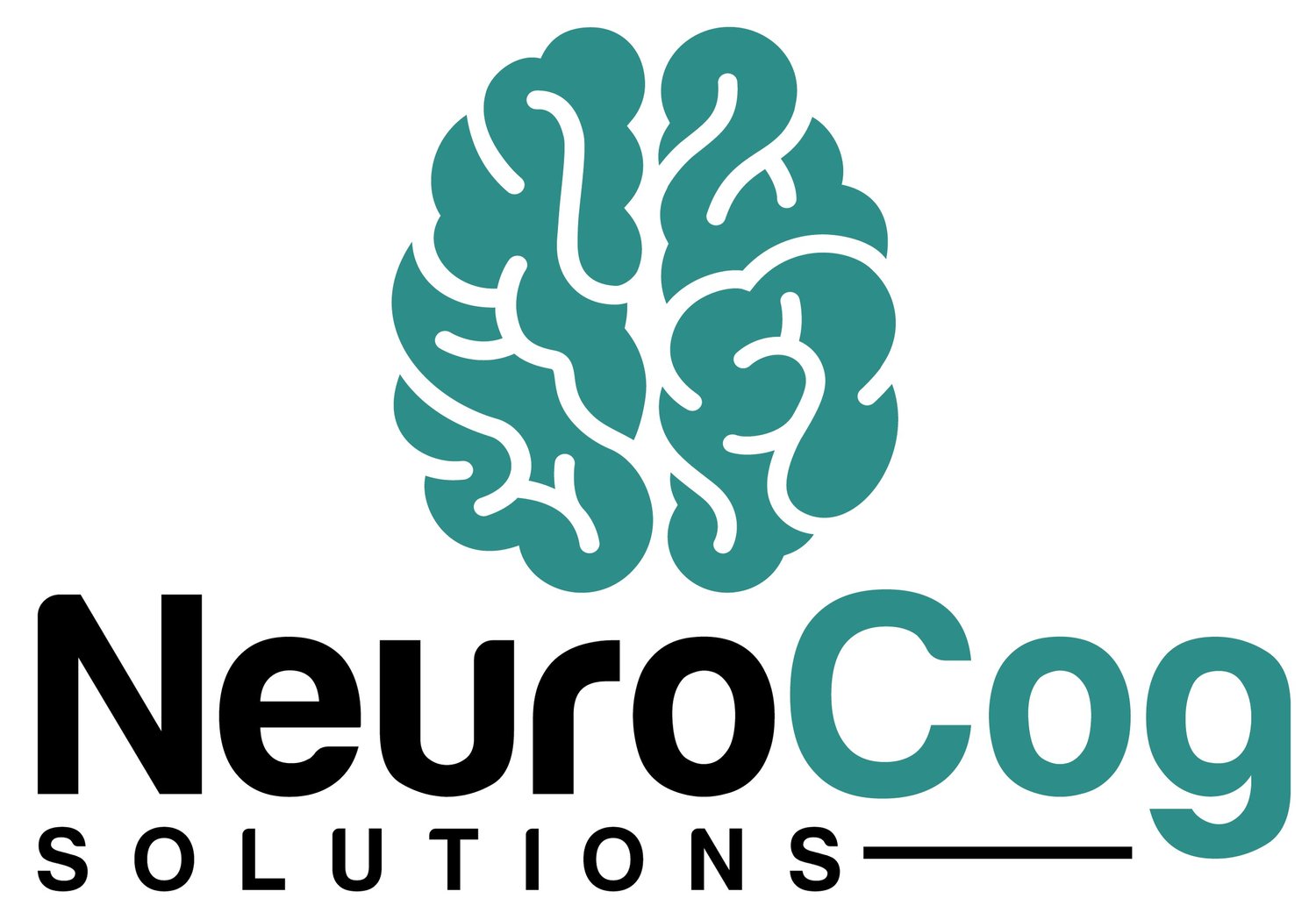What is a Transient Ischemic Attack (TIA)?
A TIA is defined as sudden, usually painless, focal (specific region of brain impacted) event
Most last less than 1 hour
Not shown on CT or MRI, or resolves within 24 hours
Symptoms of a TIA
Can be similar to a stroke - muscle weakness, slurred speech, facial droop, confusion, balance problems
What causes a TIA?
Occlusion, or blockage, of a vessel or artery in the brain
Blockages can happen as a result of stenosis (narrowing of arteries), blood clot in an artery in the brain, or a blood clot that travels to the brain from somewhere else in the body
Blood can’t get to a certain part of the brain
Is there permanent damage from a TIA?
TIAs usually resolve quickly, with no lasting damage
But they serve as warning signs of an impending stroke
Within three months of a TIA, 8-10% of people experience a stroke
Half of these occur within the first 48 hours of a TIA
Medical attention following a TIA is very important
What are risk factors for having a TIA?
Risk factors for stroke and TIA are similar
Age – risk increased after age 55
Family history of TIA or stroke
History of a previous TIA
Lifestyle factors – smoking, excessive alcohol use, sedentary lifestyle, poor diet
Medical conditions – being overweight, diabetes, heart disease, high blood pressure, high cholesterol
What is the treatment for TIA?
Treatment is anchored in prevention
Reduce or eliminate the modifiable risk factors as much as possible – these include lifestyle factors and medical conditions
Your doctor may recommend medications to reduce blood clots
